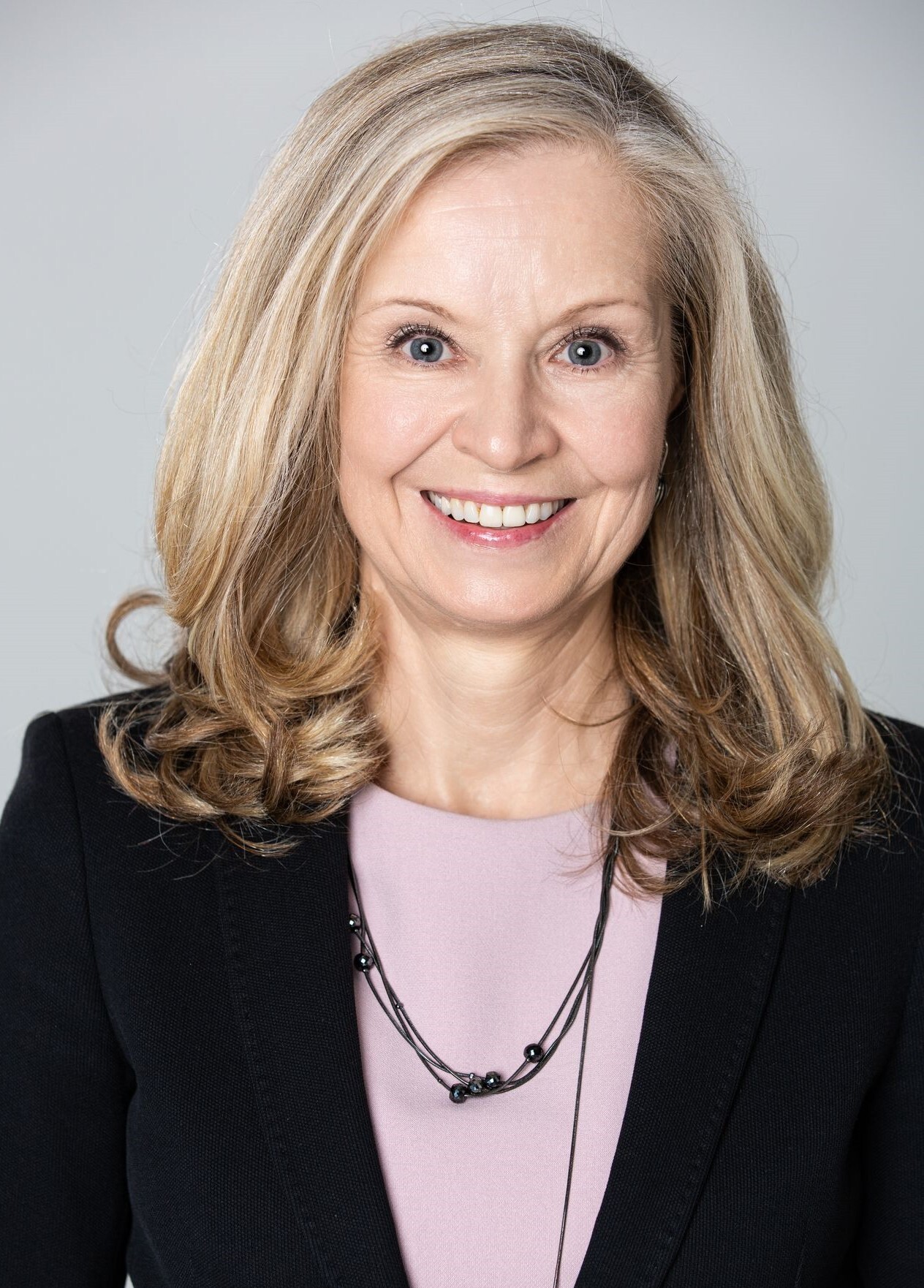Adapting To The Recruiting Challenges Of Rare Diseases

By Tyler Menichiello, Chief Editor, Bioprocess Online

Under the Orphan Drug Act, the FDA defines a rare disease as affecting less than 200,000 people in the U.S. However, the FDA does not make a formal distinction between rare and ultra-rare diseases, which affect less than 7,000 individuals in the U.S. Though they fall under the same umbrella, Dr. Kristina Allikmets, senior VP and head of R&D at Takeda's Plasma-Derived Therapies Business Unit, explains that there’s a very tangible difference when it comes to recruiting these patients to clinical trials.
I recently spoke with Allikmets about the challenges recruiting in the rare (and ultra-rare) disease space. Identifying and connecting with these patient populations around the world takes the combined effort of Allikmets’ team, Takeda’s CRO partners, and patient advocacy groups. Working with patient advocates and involving them in this process, she says, is critical for ensuring her team’s therapeutic products address patient needs. It’s a hands-on endeavor that spans all the way through study design and trial execution.
Finding Patient Populations

A step beyond rare diseases like PID, Allikmets says, are ultra-rare diseases like severe congenital protein C deficiency (SCPCD). Protein C is a protease that regulates blood coagulation, and the deficiency results in excessive formation of blood clots. Takeda formulates replacement C proteins from plasma, but she says recruiting patients with this condition to trials is incredibly complex given its rarity. It can take years to recruit even 10 patients to this type of clinical trial.
When running trials for ultra-rare conditions like SCPCD, this lack of eligible patients needs to be accounted for — don’t waste resources opening a trial in a region where you may not recruit patients. Allikmets’ mentions one of Takeda’s SCPCD trials aimed at bringing its treatment to the Japanese market. Her team saw success recruiting SCPCD patients in Japan because they were meticulous with preparation and site selection. They coordinated with investigators early on to ensure that enough patients were available to complete enrollment by the time the study began.
Addressing Diversity
Even though big cities have more established clinical trial sites (and therefore better access to rare disease patients), ensuring a diverse patient population in clinical trials is still a challenge. To expand diversity in recruitment efforts, Allikmets says, it’s important to look outside of metropolitan areas.
“It starts with being able to stand up clinical trials in those areas of the patient population that we don’t usually capture with classical clinical trial sites in bigger hospitals and centers,” she explains. This means identifying where sites should be opened and understanding how to best support local institutions running these trials.
Another key to accessing diverse patient populations, Allikmets says, is collaborating with patient organizations. “Patient organizations, especially for rare diseases, are incredibly well-versed in understanding the patients,” she says. These organizations know where patients are in the community, and which populations or demographics are most at-risk. For example, she says, alpha-1 antitrypsin deficiency affects European and American populations more than Asian populations. To connect with patients and patient organizations, Takeda partners with its CROs. Allikmets says these global CRO companies have databases with information about where particular diseases are studied and where the respective clinical trials are conducted.
Listen To The Experts
Patient organizations and advocacy groups know rare diseases intimately well, and collaborating with them educates researchers and doctors, many of whom can go their whole careers without encountering these patients. “You really need to learn from the patient,” Allikmets says. “They’re the experts living with the disease. There’s a limited level of knowledge providers have about a condition, and patient organizations help because they collect this knowledge from across different patients.”
To inform trial design and goals, Allikmets says, Takeda includes patients in its project teams. As members of the team, patients tell researchers about their concerns and their experience living with a clinical trial — what bothers them the most, and what can be better. This input ensures the team is developing a product to meet the patients’ needs.
Allikmets says asking patients what their biggest needs are is instrumental when it comes to developing a new plasma therapy or modifying an existing one. One example is adjusting the volume of the plasma product being administered, which patients have indicated is a big burden. This was the case with Takeda’s HYQVIA, a subcutaneous immunoglobulin infusion prescribed to treat PID and SID. It was developed to ease patient burden by allowing for monthly injections as opposed to lengthy intravenous infusions (the standard of care), which have a much higher volume and generally require more frequent administrations.
Allikmets says considering these technical angles is important for the R&D her team works on. It’s a critical part of her team’s trials, so informing those decisions with patient insight is invaluable. While plasma-derived therapies can’t yet cure diseases, Allikmet’s team is focused on reducing patients’ disease burden and helping them live a relatively normal life.
